How to Sand Metal: Getting a Smooth Surface
Working with metal often requires smoothing the surface, removing imperfections, or preparing it for paint or other finishes. But what’s the right way to sand metal?
Sanding metal involves using abrasive materials to remove material, smooth the surface, eliminate scratches, or prepare it for further treatment. The specific method and materials depend on the type of metal, the initial condition, and the desired final finish.

Sanding a metal surface by hand.
Sanding metal might seem straightforward, but using the wrong technique or abrasives can lead to poor results or wasted effort. Understanding the process is key to getting a clean, smooth surface ready for your next step.
What is the Best Way to Sand Down Metal?
There’s more than one way to sand metal. So, what’s considered the most effective approach?
The best way to sand down metal typically involves starting with a coarser grit abrasive to quickly remove material or imperfections, and then progressively working through finer grits to achieve the desired level of smoothness. Using the right type of sander can significantly speed up the process.
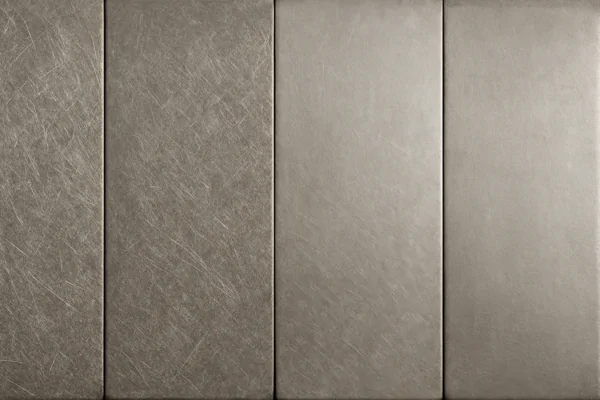
Showing how metal becomes smoother with finer grits.
The "best" way really depends on what you’re trying to achieve. If you need to remove a lot of material quickly, like grinding down a weld or removing heavy rust or paint, you’ll start with a very coarse abrasive, possibly using a power tool like an angle grinder with a grinding disc or a coarse grit flap disc. If you’re just trying to smooth out minor surface scratches or prepare for painting, you’ll start with a less aggressive grit. The principle of working from coarse to fine grits is fundamental to achieving a smooth finish. Each grit size removes the scratches left by the previous, coarser grit. For example, if you start with 80 grit to remove paint, you might then move to 120, then 180, then 220, and potentially even finer depending on the application. Using high-quality sandpaper from NOVOGRIT ensures that the abrasive particles are consistent and durable, leading to more effective and uniform sanding. Dry sanding is common for initial material removal, but for achieving a very fine finish on certain metals, like preparing for polishing stainless steel, wet sanding with very fine grits can produce exceptional results. Always clean the metal surface thoroughly between grit changes to remove dust and debris, which can cause deeper scratches when you move to finer grits.
What Kind of Sander to Use on Metal?
The tool you use to sand metal can make a huge difference in efficiency and the final result. What are the options?
The type of sander to use on metal depends on the size and shape of the metal piece, the amount of material to be removed, and the desired finish. Common sanders for metal include angle grinders, orbital sanders, belt sanders, and vibratory sanders.
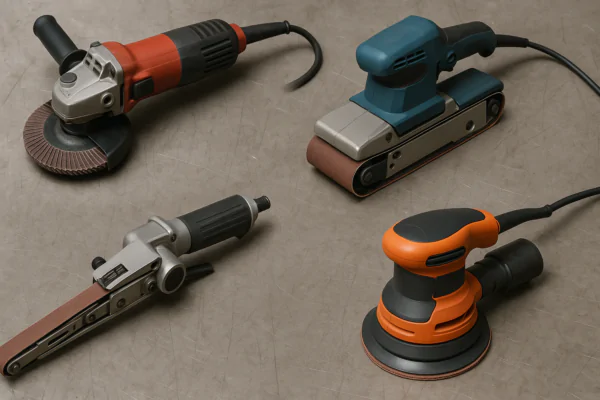
Various sanders suitable for metal work.
An angle grinder fitted with a grinding disc or a flap disc is excellent for aggressive material removal, such as grinding welds or removing heavy rust and paint from large areas. Flap discs, which are made of overlapping abrasive flaps, are particularly good for shaping and blending. Orbital sanders, also known as random orbital sanders, are versatile and good for smoothing flatter surfaces. The random orbital action helps to minimize visible scratch patterns. They are commonly used with sanding discs that attach with hook and loop fastening, like those from NOVOGRIT, making grit changes quick and easy. Belt sanders are very aggressive and are ideal for quickly removing material from flat surfaces or shaping edges, but they can be harder to control and can quickly remove too much material if you’re not careful. Vibratory sanders, like palm sanders, are less aggressive than orbital or belt sanders and are best for fine finishing or sanding in corners and tight spaces. For intricate work or small areas, hand sanding with sanding blocks or pads is often necessary. When using power sanders on metal, it’s crucial to use appropriate safety gear, including safety glasses or a face shield, gloves, and hearing protection. The dust generated from sanding metal can also be hazardous, so a dust mask or respirator is recommended, and some sanders can be connected to dust collection systems.
What Kind of Sandpaper is Used for Metal?
Not all sandpaper is created equal. What characteristics make sandpaper suitable for use on metal?
Sandpaper used for metal needs to be durable and made with abrasive grains that are hard enough to cut through metal. Aluminum oxide and ceramic abrasives are commonly used for metal sanding due to their hardness and longevity.
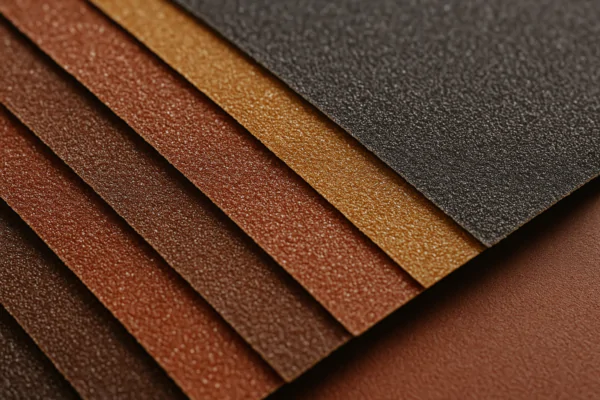
Close-up of abrasive grains on sandpaper.
The type of abrasive grain is arguably the most important factor when choosing sandpaper for metal. Garnet or silicon carbide are softer and typically used for wood or fine finishing. For metal, you need tougher stuff. Aluminum oxide is a good general-purpose abrasive for metal; it’s durable and cost-effective. Ceramic abrasives are even harder and more durable than aluminum oxide, making them excellent for aggressive material removal and grinding on metal. They tend to last longer and cut faster, though they can be more expensive. NOVOGRIT offers sanding products with both aluminum oxide and ceramic abrasives, suitable for various metalworking tasks. The backing material of the sandpaper is also important. For power sanding and heavy-duty applications, a strong cloth backing is often preferred over paper, as it is more resistant to tearing and stretching. Paper backing is suitable for hand sanding or lighter machine sanding. Sandpaper for metal is available in various forms: sheets for hand sanding or block sanding, discs for orbital or angle grinders, belts for belt sanders, and rolls for cutting to size. Choosing an open coat or closed coat depends on what you’re sanding. Closed coat has more abrasive particles and removes material faster but can clog easily, especially with softer metals or paint. Open coat is less prone to clogging.
What Sandpaper to Use to Rub Down Metal?
When people say "rub down" metal, they usually mean sanding it to smooth it out or prepare it for finishing. So, what sandpaper is best for this process?
To "rub down" metal, meaning to smooth and refine the surface, you’ll typically use a progression of finer grit sandpapers after any initial material removal. The specific grits will depend on the desired final smoothness, ranging from medium grits (like 120-180) to very fine grits (like 400-600 or even higher).
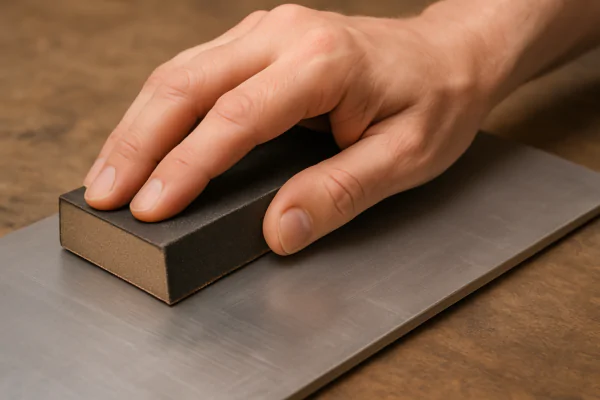
Rubbing down metal with fine grit sandpaper and a block.
After you’ve removed any major imperfections like rust, paint, or deep scratches using coarser grits or power tools, the "rubbing down" process begins. This is where you refine the surface by gradually reducing the scratch pattern. Start with a grit that is coarse enough to remove the scratches from the previous step, but not so coarse that it leaves deep scratches that the next grit can’t remove. A common progression might be 120, then 180, then 220 grit for preparing for primer. If you want a smoother finish before a topcoat without primer, you might go up to 320 or 400 grit. For polishing metal to a mirror finish, you’ll need to go much finer, sometimes up to 1000, 1500, 2000 grit, or even higher, often using wet sanding techniques at these very fine stages. Using a sanding block or pad helps to apply even pressure and create a flatter surface. NOVOGRIT offers high-quality sandpaper in various grits, including very fine grits suitable for achieving a smooth metal surface. When rubbing down, use consistent strokes and check your work frequently to ensure you are removing the scratches evenly across the surface. Remember to clean the metal surface between grit changes to prevent contamination.
Conclusion
Sanding metal is a fundamental part of many projects. By understanding the different types of abrasives and tools available, and by following the process of working from coarse to fine grits with quality products like those from NOVOGRIT, you can effectively sand metal to achieve the desired smooth surface.
You may also be interested in:

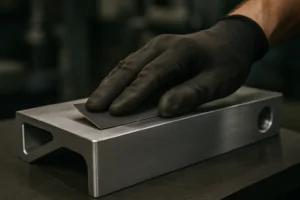
Best Sandpaper for Aluminum: NOVOGRIT's Guide to Flawless Finishes
What is the Best Type of Sandpaper to Use on Aluminum? Do you find yourself frustrated by sandpaper that gums up instantly when you try to smooth aluminum? It is
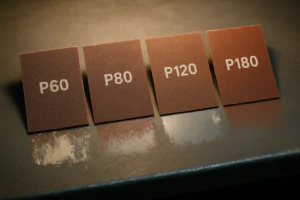
Best Sandpaper for Paint Removal: Grits, Types, & Tips | NOVOGRIT
What is the Best Sandpaper for Removing Paint? Are you tired of staring at chipped, peeling paint on your furniture, walls, or even your car? It’s a common problem, and

Automotive Wet Sanding: Supplies, Liquids & Best Sandpaper
Automotive Wet Sanding Supplies: What Do You Really Need? Wet sanding is a crucial technique in automotive refinishing, used to achieve a flawlessly smooth surface before painting or polishing. Unlike
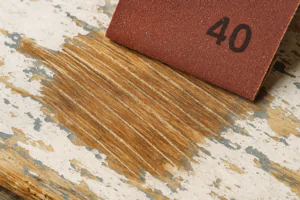
Best Sandpaper for Paint Removal & Grit Guide
What Is the Best Sandpaper for Removing Paint? Removing old paint can be a tedious job, but using the right sandpaper makes all the difference. It’s not just about grit;
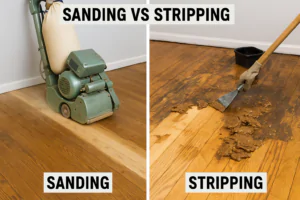
Hardwood Floor Sanding: Screen vs. Sandpaper & Best Practices
Sanding Screen vs. Sandpaper for Hardwood Floors: Which is Best? When you’re tackling hardwood floor projects, choosing the right abrasive is crucial for achieving a smooth, professional finish. Both sanding
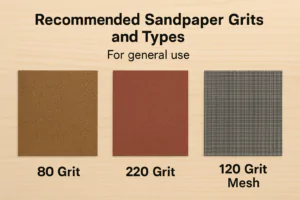
Paper Backing vs. Mesh Sanding Discs: Which Abrasive to Choose?
Paper Back vs. Mesh Sanding Discs: Which One Should You Pick? Choosing the right sanding disc backing can significantly impact your project’s efficiency and finish quality. Paper-backed discs are a
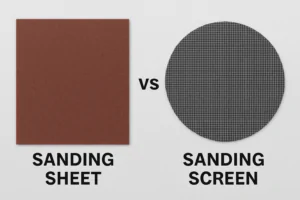
Sanding Mesh vs Paper: Which is More Economical and Better?
Is Sanding Mesh More Economical Than Sandpaper? Comparing Abrasive Costs When stocking up on abrasives, cost is always a factor. Paper sandpaper has traditionally been the standard, but newer mesh
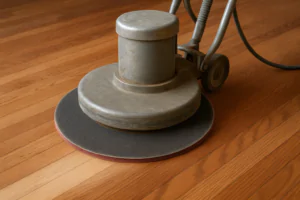
Sanding Nets & Screens Use Cases: When to Choose Mesh Abrasives
Sanding Nets and Screens: What Are Their Best Use Cases? When you encounter sanding nets or screens, you might wonder where they fit into your sanding projects. Unlike traditional solid-backed
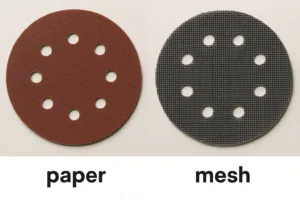
Paper vs. Mesh Sanding Discs: Which Abrasive to Choose?
Paper vs. Mesh Sanding Discs: Which Should You Buy? Choosing the right abrasive disc is essential for efficient and effective sanding. Two primary types dominate the market: traditional paper-backed discs
